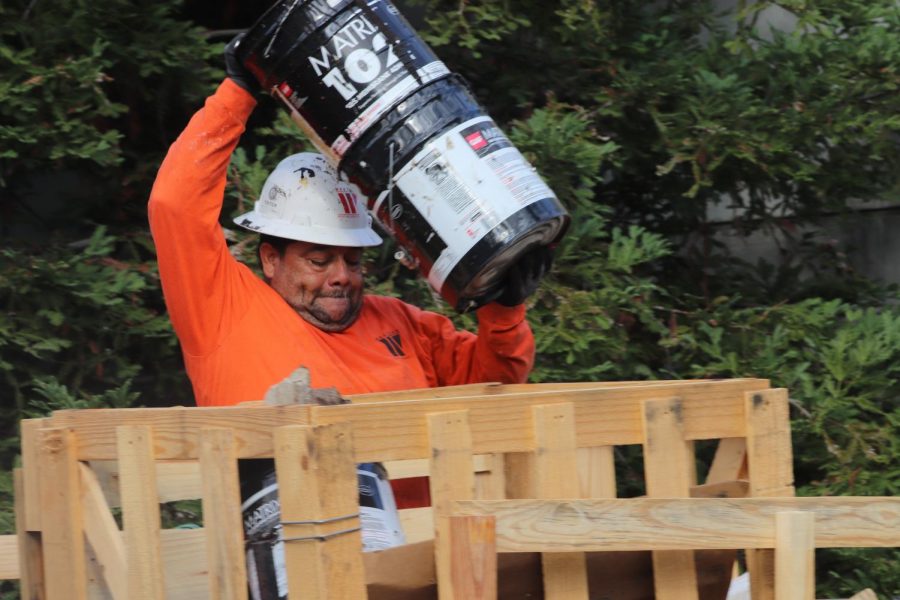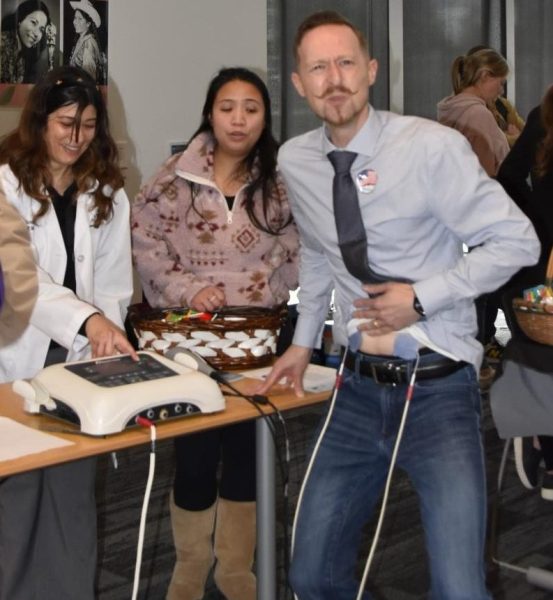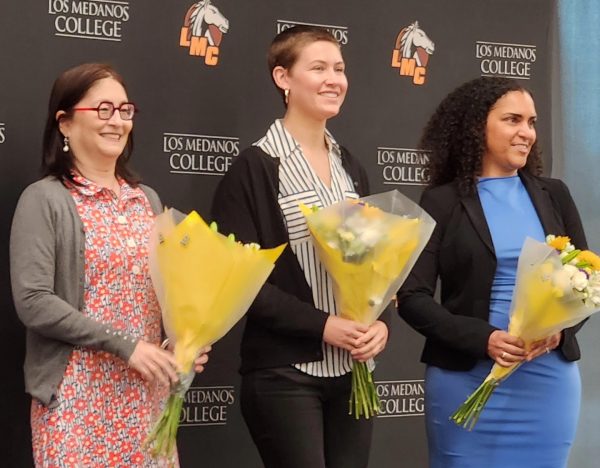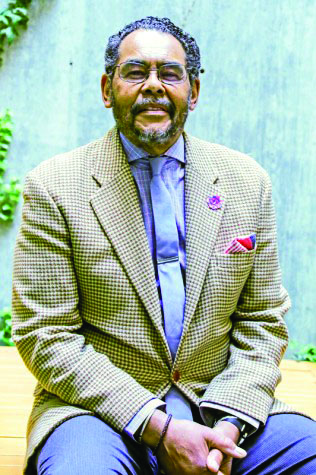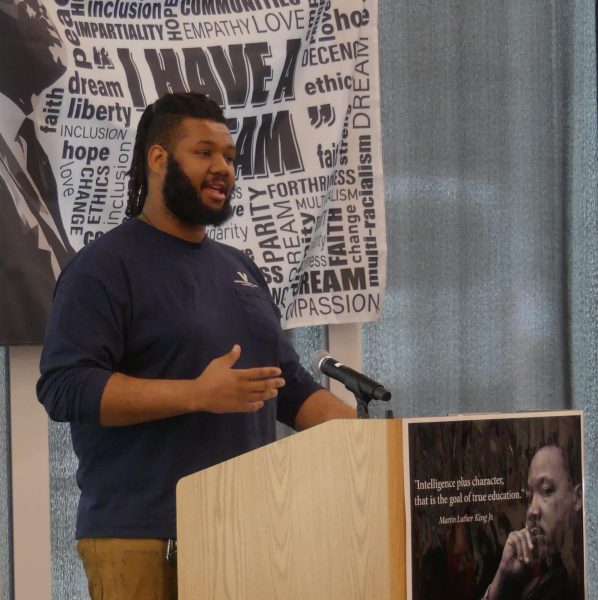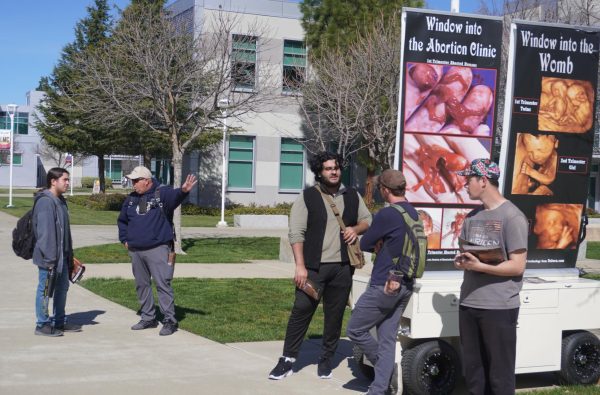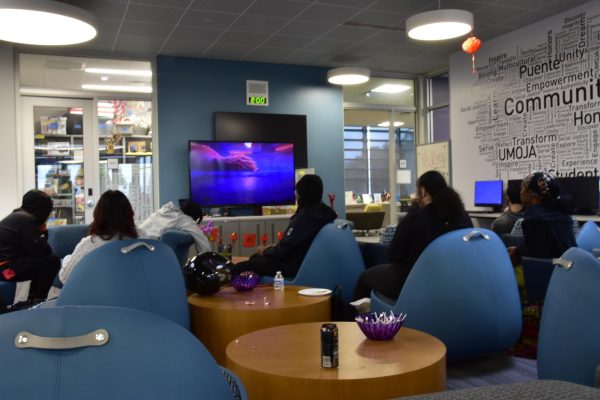Mold brings controversy to the music building
Worker patches the roof in preparation for coming rains.
October 4, 2018
A large portion of the music building was closed when construction of an air conditioner last Thursday uncovered black mold and asbestos in the walls of the complex. Administration in addition to buildings and grounds maintain that the mold was not airborne and confined to the walls. However, several faculty members in the affected area have reported health problems they assert are a result of the mold and current lack of air conditioning in the building.
“I ended up in the ER for a respiratory issue as a result [of the heat and mold,]” said music professor Sylvester Henderson.
He mentioned that while his office was not compromised by mold, the areas surrounding it were impacted which he believes contributed to his condition.
“I’m still having respiratory issues, today was one of my best days since i’ve been back,” Henderson said between coughs.
Henderson also brought up the lack of air conditioning in the music department as a contributing factor, noting his summer classes frequently suffered heat from “100 to 110 degrees.”
To make up for the lack of air conditioning the offices, the school provided small portable air conditioning towers meant to circulate the air.
While Henderson was adamant about the mold’s impact on his health, Vice President of business and administrative services Alex Porter maintained that those in the music building were not exposed to the mold.
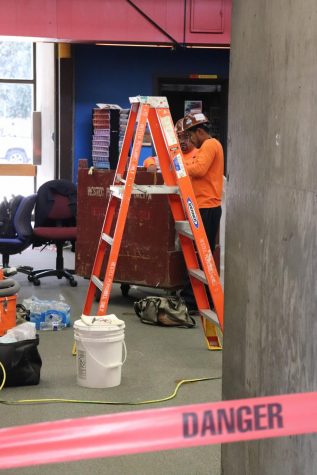
“Recent tests were conducted on areas in the Music Building that were under construction and no hazardous levels of asbestos were found in the building material or air,” said Porter.
While confidentiality requirements prevented Porter from discussing the health of faculty members, he did note the college takes issues of health and safety among faculty, staff and students very seriously.
LMC President Bob Kratochvil echoed Porter’s comments about the mold.
“No airborne asbestos or mold was detected in the complex,” Kratochvil said.
He explained the new air conditioning system was supposed to be operational by the beginning of the semester, but ran into delays.
“It is unfortunate because we were supposed to have that up and running,” Kratochvil continued.
While he assured the health issues of the faculty did not have anything to do with the building’s closure, he did remark that “safety is very important to [the college.]”
Glenn Sobolik, who is the Lead Mechanic in Buildings and Grounds further explained the details of the situation.
“There was some mold in parts of the sheetrock,” Sobolik said explaining it was contained in the wall. When asked about the possibility of airborne contamination he responded it was “definitely not” a possibility, assuring that all tests came back negative for airborne contamination.
Professor Luis Zuniga whose office is also in the affected area suffered ailments very similar to Henderson’s.
“I ended up going to the ER,” said Zuniga.
The music director said he was having headaches, trouble breathing and chest pains. Zuniga blamed much of the issues on mold brought about by water damage.
“There has always been a problem with water leakage,” said Zuniga. “It has been an ongoing issue in this area.”
Zuniga then cited the caving in of the office of recording arts professor Frank Dorritie and the leaky roof of as examples of the music building’s deterioration.
Henderson felt the state of the building reflects an attitude LMC holds towards the music department.
“It felt like [the problem] was not handled intensely,” said Henderson who said he felt like the music department was “not a priority” to administration.

